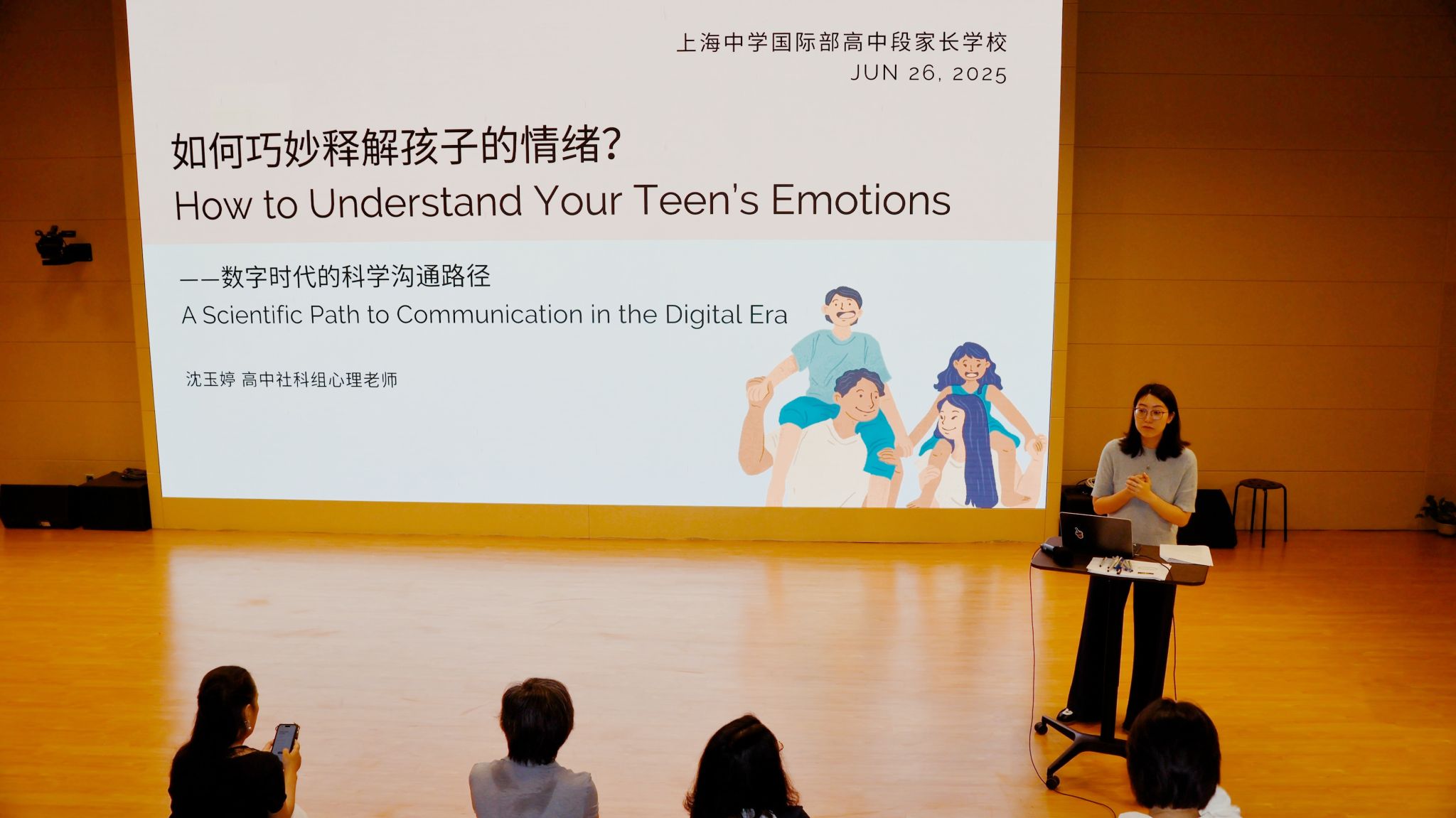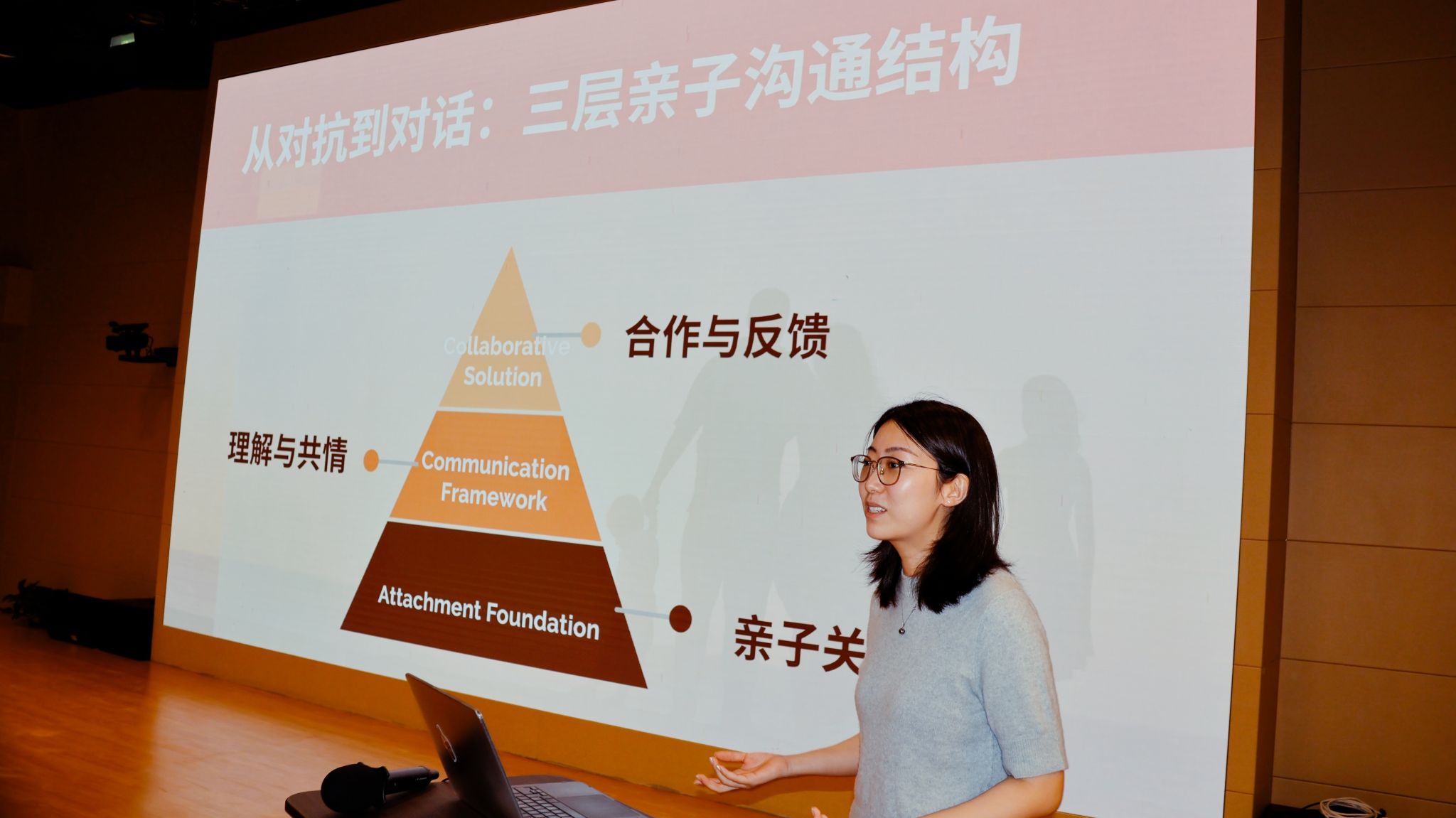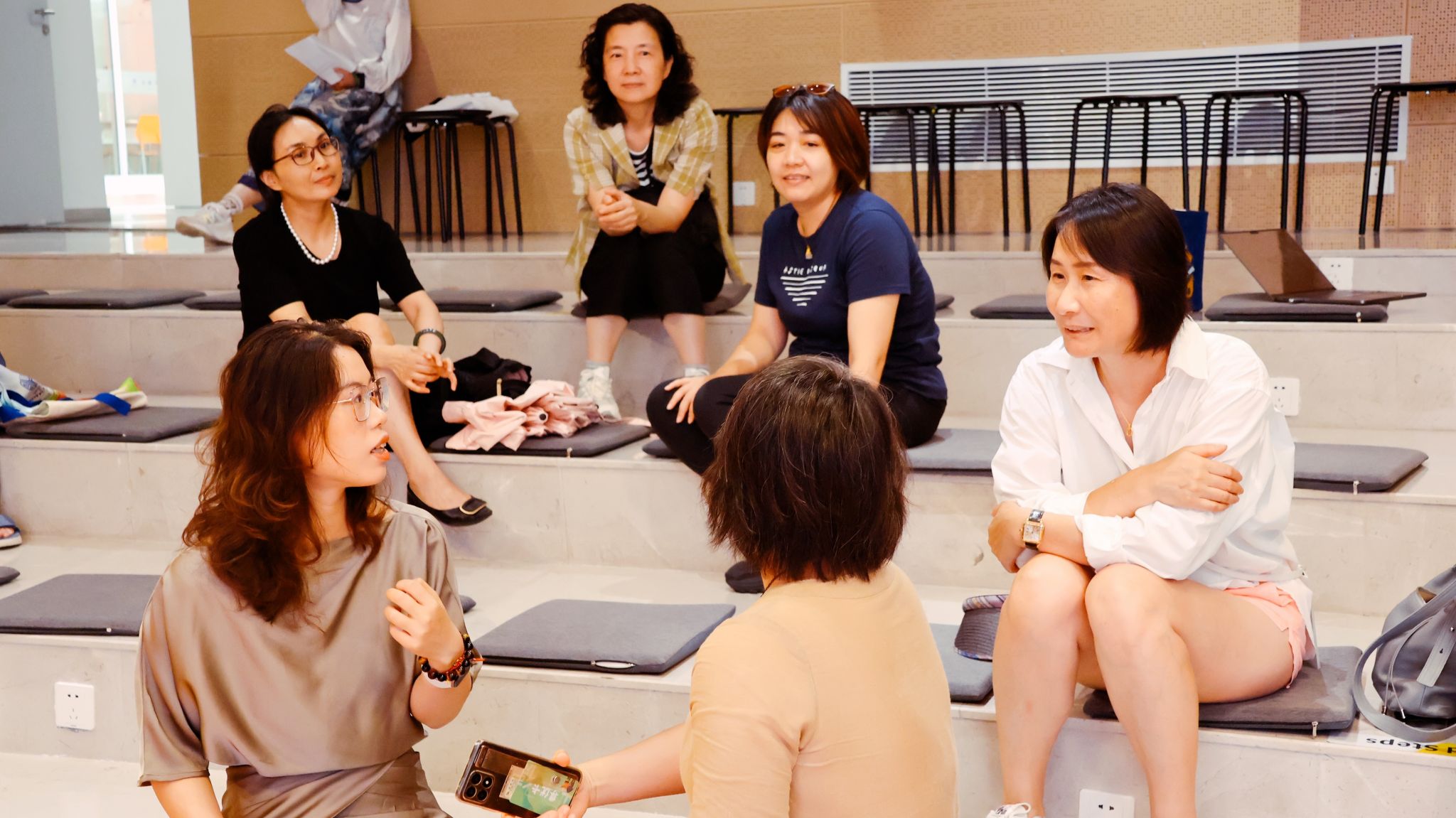-
ABOUT US
-
ACADEMICS
Curriculum Program
Departments
- English
- High School Chinese
- Primary and Junior School Chinese.
- High School Mathematics
- Middle School Mathematics
- Primary School Mathematics
- Music and Fine Arts
- Physical Education
- Physics
- Chemistry
- History and Geography
- Physical Science and Optional courses Department
- Middle School Biology
- High School Biology
- Social Sciences
- Computer Science
- Courses in Primary School
Achievements and Matriculations
College Counseling
Science & Technology Innovation Contest
Subject Competition
-
ARTS
-
ATHLETICS
-
AT SHSID
SHSID ∣ TIMES
PTSA
Club Exhibition
- 龙吟社
- Live 2 Drama
- Choir
- Hip-pop Dance Club
- The Primary School Dance Troupe
- Symposiums Club
- Biology Workshop
- You Shan
- VEX Robotic
- Peking Opera Club
- Baseball Club
- Model United Nations
- The World Scholar’s Cup
- Future Problem Solving Club
- United States Academic Pentathlon
- OM Club
- AMC Club
- Music for Patients
- SHSID Gazette
- Smile Charity
- Cultural Moments
- SciAcademy
- Stem Doge Alliance
- Chinese Debate Club
- IAA
- Mock Trial Club
- Zhengming Club
- Furry Friends
- GT-Racing
- Village Radio
- IMMC Club
- Creative Design and Intelligent Fabrication
- Future City Research Project
- ECOCAP
- AdvocaSEA
- SPDC
- Medishine
- Floorball Club
- Animusic MTC
- Wings Up
- All Booked
- Cyano
- Birding Community
Health and Wellness
Campus Safety
Cafeteria Service
-
ADMINISTRATION
-
ADMISSIONS
-
ALUMNI
Alumni Information
Honors Students
- Class of 2025
- Class of 2024
- Class of 2023
- Class of 2022
- Class of 2021
- Class of 2020
- Class of 2019
- Class of 2018
- Class of 2017
- Class of 2016
- Class of 2015
- Class of 2014
- Class of 2013
- Class of 2012
- Class of 2011
- Class of 2010
- Class of 2009
- Class of 2008
- Class of 2007
- Class of 2006
Who Studied at SHSID
SHS Foundation
-
DOCUMENTS
Parent School on Teen Emotions Held
On the morning of June 26, 2025, a special lecture titled “Understanding Teen Emotions — A Scientific Approach to Communication in the Digital Age” was held in the ZhongXing Building Auditorium. The event was part of the SHSID High School Parent School Lecture Series and was delivered by Ms. Shen Yuting, a core member of the school’s psychology group. Open to all high school parents, the lecture aimed to help families build more scientific, empathetic, and effective communication strategies with adolescents by deepening their understanding of teen psychology during the formative years.

Ms. Shen began the session with humor and warmth, inviting parents to share the common challenges they face in everyday communication with their teenagers—such as untidy rooms, unrestricted screen time, or poor time management. These seemingly minor issues quickly resonated with the audience, sketching a familiar picture of adolescent-parent tension. Drawing from these shared experiences, Ms. Shen emphasized that many conflicts in family communication arise from intensified emotional responses, rapid mood swings, and a limited capacity for self-expression typical of adolescence. When parents respond with heightened emotions of their own, conflicts tend to escalate rather than resolve.
Delving deeper, Ms. Shen offered insights grounded in psychology and neuroscience, explaining how hormonal changes and the ongoing development of the adolescent brain contribute to emotional volatility. She highlighted that behaviors often labeled as “rebellious” are, in fact, natural outcomes of this developmental stage. Since teenagers’ brains are not yet fully equipped to manage complex emotions and external demands, they require greater patience, understanding, and strategic support from adults.

Ms. Shen introduced a three-tiered framework for effective parent-child communication. The foundation lies in a stable and trusting relationship; the second layer involves empathy and emotional understanding; and the top tier encompasses collaboration and constructive feedback. She emphasized the importance of first “seeing the child’s emotions” in order to truly “hear the child’s voice.”

The lecture also featured several interactive components that brought theory to life:
• During the “Fist Game,” parents worked in pairs to simulate how one might persuade another to open a tightly clenched fist—an activity that metaphorically illustrated the inefficacy of forceful communication and the power of gentle persuasion.
• In the “Parent-Teen Dialogue Skit,” Ms. Shen and Ms. Su co-performed a series of vivid and humorous role-plays that portrayed common communication pitfalls at home, such as nagging or emotionally charged responses. These scenarios sparked laughter and self-reflection among the audience, with many parents commenting afterward, “That was exactly what happens in our home,” and “Changing just a few words really makes a difference.”
• The “Communication Practice” session allowed parents to apply what they had learned by engaging in short scene-based dialogues, using open, feeling-based language and practicing constructive responses. These exercises showcased a clear transformation in communication style and mindset.
The lecture was rich in content yet accessible, blending psychological depth with lively, engaging delivery. It equipped parents not only with a clearer understanding of adolescent emotional development but also with practical tools to navigate daily communication challenges. Many parents left the session saying they had found the insights “truly helpful,” and were “reminded of so many important details,” and that they looked forward to “trying out what we learned today at home.”
This event exemplifies SHSID’s commitment to the philosophy of home-school collaboration in nurturing holistic growth. Adolescence is a time of uncertainty, but also of immense potential. In this journey, parents’ empathy and presence serve as guiding lights. Moving forward, SHSID will continue to offer parent engagement programs centered on family relationships, mental health, and student development, working hand in hand with families to support every student in becoming a more confident, independent, and emotionally resilient individual.
(Written by Jie Su Pictures by Molly Wang Reviewed by Qian Zuo)